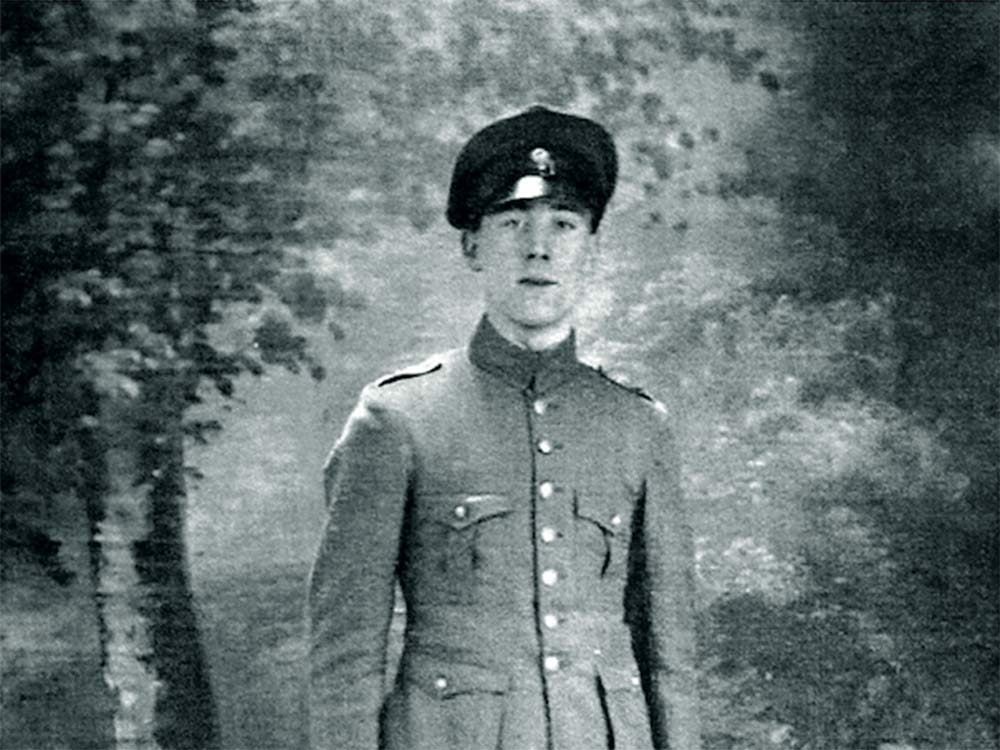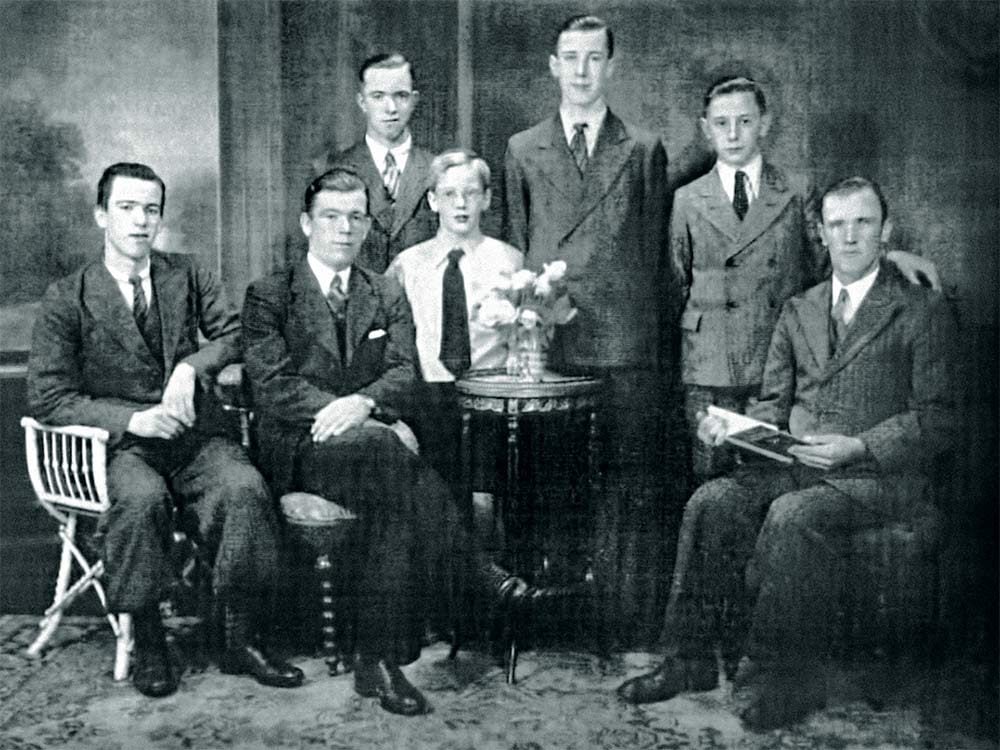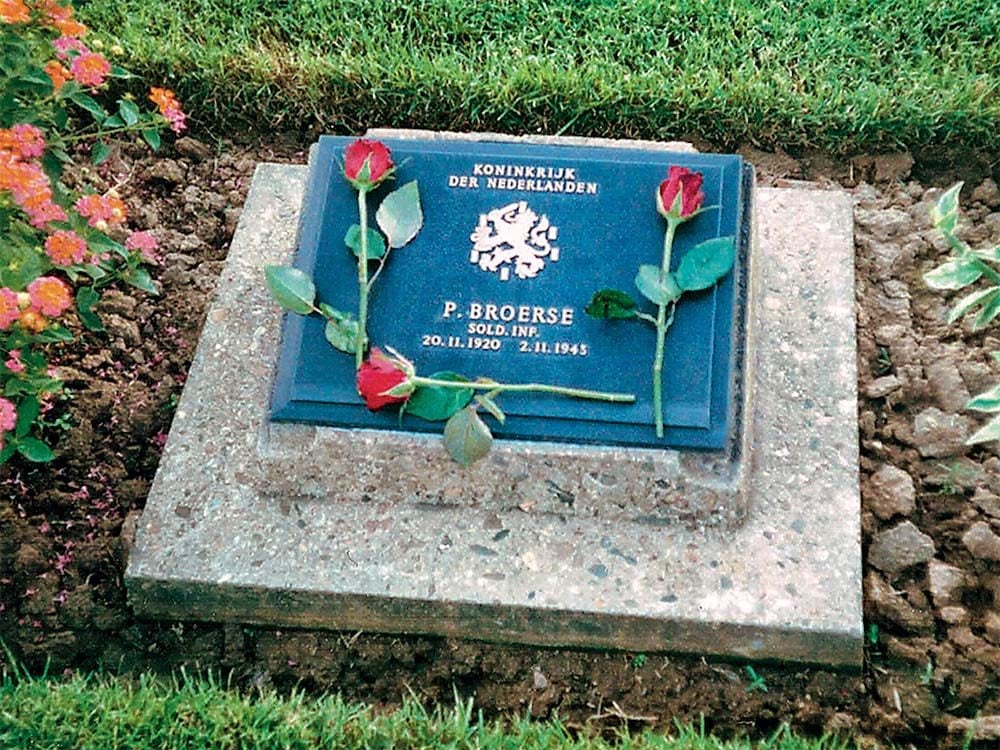
Revisiting the Burma Railway
In September 2002, I had a casual conversation with a fellow employee, Kerry Irving, regarding his upcoming vacation. He told me that he had always been interested in the history and geography of the wars in Southeast Asia, especially the Second World War, and that he was planning on travelling to the area. I told him that one of my uncles had died there as a Dutch prisoner of war; Kerry said he had never met anyone with connections to a Second World War POW in the Southeast Asian conflict.
I then told Kerry that I only knew this uncle from the many stories and memories my father had shared with us about his younger brother, and from the framed picture, hung in the hallway of my parents’ home, of Pieter wearing his uniform. Very few details were known about his demise, other than that he had succumbed to the horrific conditions while he was a forced labourer on the notorious Burma Railway. After the war, Pieter’s parents and siblings had to return to their families and daily lives. They tried several times to get more information about his death through the Red Cross, with minimal results.
Now, many years later, Kerry suggested that with the Internet being available, more details could possibly be found. To my amazement, Kerry came to me two weeks later with pertinent information regarding Pieter from the Netherlands War Graves Foundation.
In Holland, all able-bodied young men aged 18 had to serve in the army. At that time, they could volunteer for service in the Dutch East Indies (now known as Indonesia). Pieter volunteered and had to report for duty in April 1940. My newlywed parents saw him off to his train and were the last of his family to see him alive.

The horrors of the infamous railroad
The war had broken out in Europe and was now also in the Pacific. After years of advances in China, in their quest for territory and raw materials, the Japanese had joined the Axis and were at war with the Allies. They quickly overran most of the Pacific and Southeast Asia, including the Dutch East Indies. The fighting resulted in heavy casualties and numerous POWs, mainly British, Australian, Dutch, and—after the Pearl Harbor attack—many Americans.
At some point, my family found out that Pieter was one of the POWs forced to build the notorious Burma Railway. The Japanese had made the strategic decision to build this railroad in order to supply their troops to the west and north more safely and efficiently. The plan was to construct more than 400 kilometres of tracks from Thailand, across the River Kwai into Burma (now Myanmar) and connect up to the existing railway in Northern Burma.
Many thousands of POWs, as well as local villagers, were forced to do the labour. The conditions were deplorable, the work was brutal, the terrain was mountainous or dense jungle, and food was minimal and often spoiled. Medical car and supplies were almost nonexistent. All of this resulted in the deaths of approximately 13,000 POWs and as many as 90,000 civilian labourers.
It has been estimated that during construction and continual maintenance of the track until the end of the war in August 1945, an average of 75 workers died each day from exhaustion, malnutrition and sickness. The dead were initially buried along the railroad. It is said that every railroad tie along the more than 400-kilometre track represents one death.
Read the fascinating story of how Cree code talkers from Alberta helped win WWII.

Closure after 60 years
After the war, most of the dead POWs were located and re-interred at “Honour Fields” in Chungkai and Kanchanaburi war cemeteries in Thailand, and Thanbyuzayat in Burma.
When Kerry returned from his vacation, he came to see me with photos and spoke of his visit to the gravesite. His wish had been to lay flowers on the grave and had asked a young lady at a booth where to purchase some. It being Sunday, however, all of the shops were closed. She asked if the flowers were meant for a soldier; hearing his response, she pointed to the roses of her own desk and said, “Take those.”
He also gave me a video of his day trip on the train that takes tourists on excursions along this infamous railroad.
Finally, after almost 60 years, the Broerse family had closure, now knowing that Pieter Broerse died with courage at the young age of almost 23 as a prisoner of war, and is now resting in the Honour Field in Chungkai.
Next, check out these powerful Remembrance Day stories from Canadian veterans.